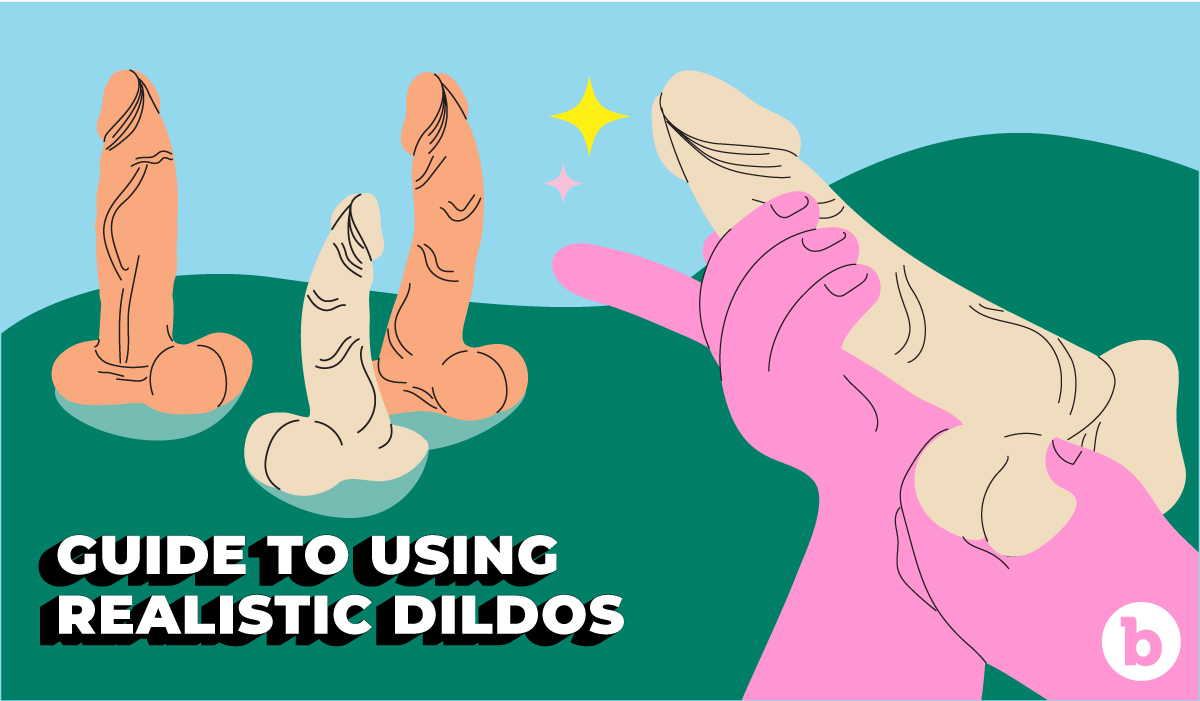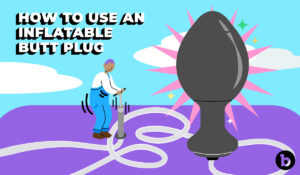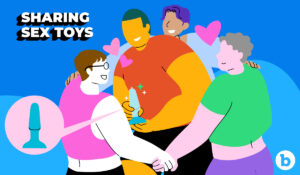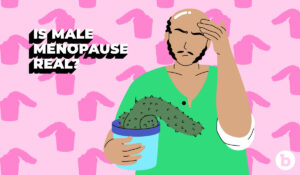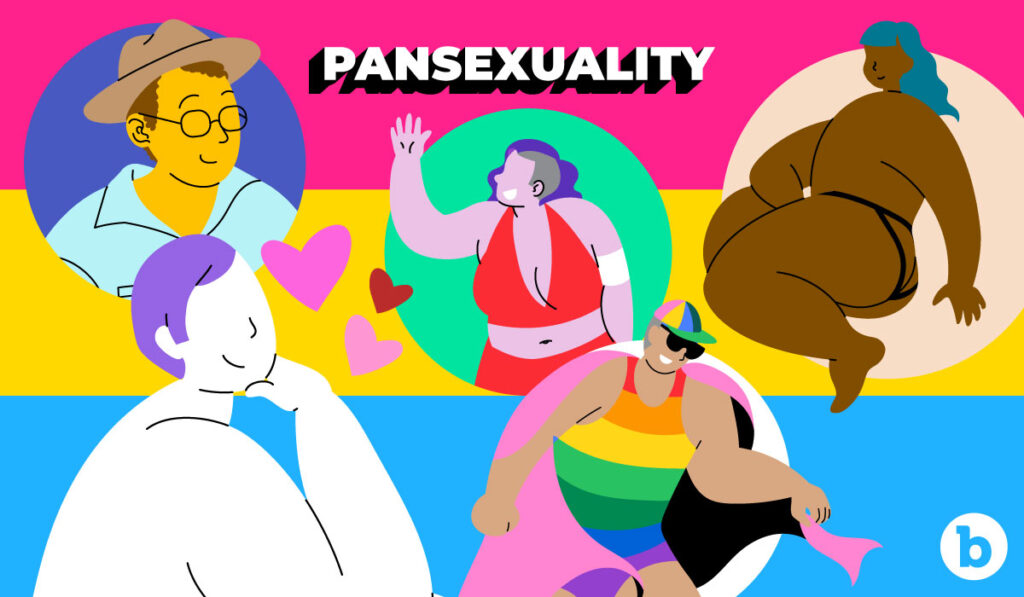
What is Pansexuality?
Despite the increased discussion surrounding pansexuality, there remains significant confusion about its meaning, leading young pansexuals to feel disregarded or invalidated.
What does pansexual mean?
If you are looking for a straightforward definition — it refers to individuals who are attracted to all genders, whether emotionally, sexually, romantically, or all three.
This includes cisgender, transgender, agender, and gender nonconforming individuals. The prefix 'pan' is derived from the Greek root 'pan, meaning 'all'.
The term 'pansexualism' made its debut in medical literature during the early 1900s, notably in an article by Sigmund Freud published in the Journal of Abnormal Psychology. Freud employed this term to assert that sexual impulses serve as the primary driving force behind all human thought and behavior. However, others utilized it to describe a form of sexual deviance, contributing to widespread misconceptions about the term.
The symbol of pansexuality is the pansexual flag, featuring three horizontal stripes, each symbolizing a distinct gender identity:

1) The top stripe, colored salmon pink, represents individuals who identify as women.
2) The middle stripe, colored canary yellow, represents individuals who identify anywhere on the gender spectrum or beyond.
3) The bottom stripe, colored bright blue, represents individuals who identify as men.
Individuals of any gender identity can identify as pansexual. While some may use the terms 'bisexual' and 'pansexual' interchangeably, there are indeed distinctions between the two.
Other names for pansexual
Some people favor the term 'omnisexual' over 'pansexual', as they feel that 'pansexuality' implies their attraction to people is independent of gender, which may not necessarily align with their experiences.
Those who prefer the term 'omnisexual' may find that while they are attracted to people of any gender, gender still plays a role in their attraction.
Both 'pan' and 'omni' are derived from the idea of 'all', which can make the boundary between omnisexuality and pansexuality confusing, and is why some people use the terms interchangeably.
Pansexual vs. bisexual
Pansexuality and bisexuality share similarities but also have distinct differences. Pansexuality encompasses a broader spectrum, as individuals identifying as pansexual may experience attraction to individuals of all genders.
Typically, while people who identify as pansexual are attracted to individuals regardless of gender, people who identify as bisexual are attracted to two or more genders.
While someone identifying as bisexual may also fit the definition of pansexuality, they might not necessarily do so. Some individuals choose to identify as bisexual even if they could be considered pansexual simply because the term 'bisexual' is more widely recognized.
Nevertheless, within the LGBTQ+ community, these terms are often used interchangeably and with flexibility. For instance, some individuals who identify as bisexual may define their bisexuality as attraction to both their gender and other genders, while others may interpret bisexuality as attraction to people of all genders. One person's attraction might encompass men and women, women and another gender, multiple genders, or virtually all genders, all of which fall under the umbrella of bisexuality.
In practice, some pansexual individuals and bisexual individuals may find themselves attracted to the same types of people. The primary distinction lies in the specificity of pansexuality, which denotes attraction to individuals of all genders, regardless of gender, while bisexuality denotes attraction to multiple genders, which may or may not encompass all genders.
Misconceptions about pansexuality
There's a misconception that pansexual individuals, by being attracted to others regardless of gender, are more prone to acting on their attractions, leading to the stereotype of pansexual people being promiscuous. However, just like individuals who identify as heterosexual or homosexual, pansexual individuals are diverse. Each person has their own preferences regarding sexual activity, and some may choose celibacy.
To use an example, heterosexual men aren't inherently attracted to all women; their attraction is specific to certain individuals who happen to be women. Likewise, pansexual individuals can experience attraction to people of any gender identity.
These stereotypes of promiscuity often lead to unfounded assumptions that pansexual individuals are less inclined to pursue monogamous relationships. This notion is unfounded — pansexual individuals are just as likely to prefer monogamy as their heterosexual or homosexual counterparts.
It's important to understand that pansexuality and polyamory are distinct concepts. The ability to be attracted to individuals of any gender does not inherently correlate with a preference for multiple partners.
Pansexual relationships - how do they work?
Pansexuals are attracted to others regardless of gender, which means they can find themselves in a wide variety of relationships. These relationships may appear to conform to traditional heterosexual norms, or they may be openly non-heterosexual. However, regardless of their partner's gender, a pansexual person maintains their pansexuality and may not benefit from heterosexual privilege. Instead, they might encounter microaggressions as their sexual orientation is disregarded or invalidated.
In any relationship involving a pansexual individual, it's essential for both partners to engage in open discussions about boundaries. Neither party should assume anything about matters such as monogamy, sexual activities, or general preferences. Each pansexual individual is unique and has their own set of preferences. If you're in a relationship with someone who identifies as pansexual, it's a must to honor and respect their boundaries.
How to explain your pansexuality to friends and family
While it's not necessary to come out as pansexual to your loved ones, some people find it beneficial or emotionally freeing to do so. If you decide to come out, you can describe pansexuality as a natural attraction to individuals regardless of their gender. The phrase 'hearts, parts' is used by some pansexual activists as a way of explaining the orientation. Although it's a simplified explanation, it can serve as a helpful tool when discussing with those unfamiliar with LGBTQ+ terminology.
If you're considering discussing pansexuality with your friends/family because of a new partner, it's essential to communicate with your partner beforehand. This is especially crucial if your new relationship involves someone who identifies within the LGBTQ+ community. Coming out may inadvertently disclose your partner's identity, potentially impacting their life significantly. If your partner prefers to keep their sexual orientation private, this needs to be respected.
How do I know if I'm pansexual?
While there isn't a definitive test for determining one's sexual identity, only you can ultimately decide how you identify. However, if you find yourself agreeing with the following statements, you may find resonance with the term pansexual:
1. You experience attraction to individuals irrespective of their gender.
2. Other sexual orientation labels don't feel quite right.
3. You feel comfortable with the label.
In the end, what's paramount is your comfort in identifying as pansexual. If the label resonates with you and you feel a sense of alignment with it, then embrace it as your own. It may take time or experimentation to discover which label defines you, and this is totally okay! How you label your sexuality is up to you, and only you.
